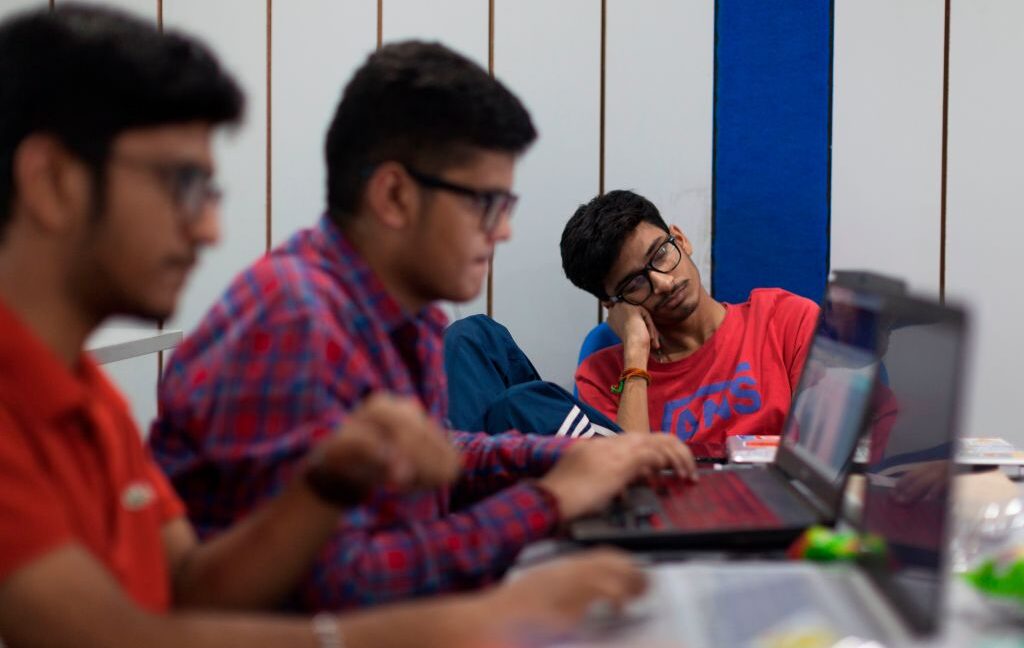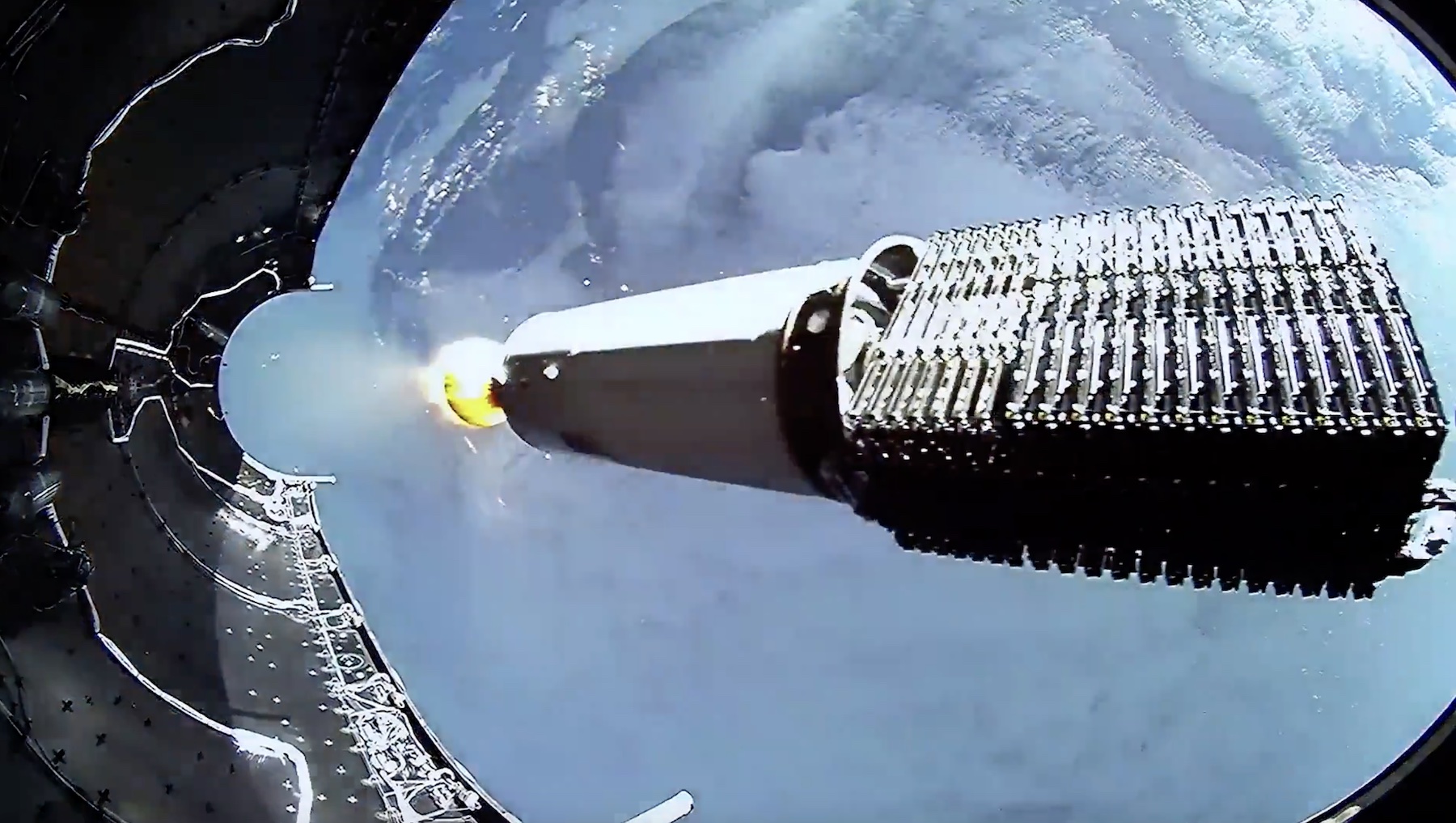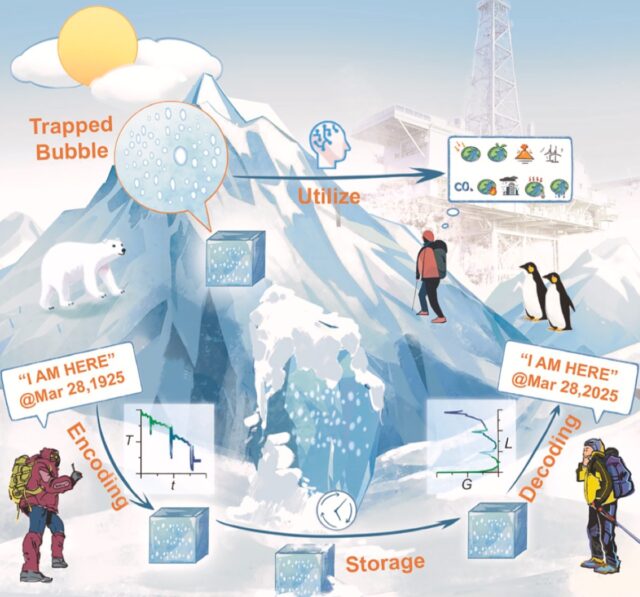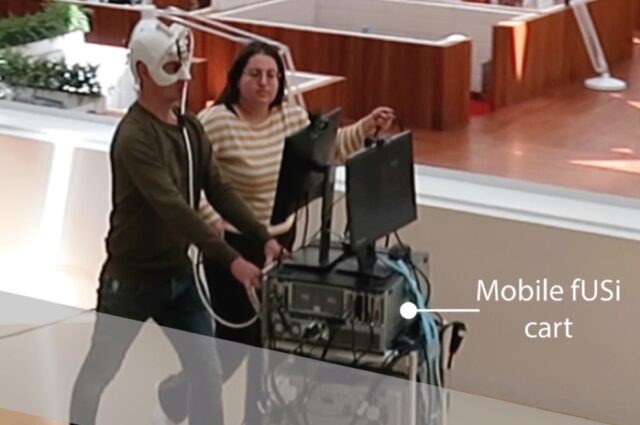Sizing up the 5 companies selected for Europe’s launcher challenge
The European Space Agency has selected five launch startups to become eligible for up to 169 million euros ($198 million) in funding to develop alternatives to Arianespace, the continent’s incumbent launch service provider.
The five companies ESA selected are Isar Aerospace, MaiaSpace, Rocket Factory Augsburg, PLD Space, and Orbex. Only one of these companies, Isar Aerospace, has attempted to launch a rocket into orbit. Isar’s Spectrum rocket failed moments after liftoff from Norway on a test flight in March.
None of these companies is guaranteed an ESA contract or funding. Over the next several months, the European Space Agency and the five launch companies will negotiate with European governments for funding leading up to ESA’s ministerial council meeting in November, when ESA member states will set the agency’s budget for at least the next two years. Only then will ESA be ready to sign binding agreements.
In a press release, ESA referred to the five companies as “preselected challengers” in a competition for ESA support in the form of launch contracts and an ESA-sponsored demonstration to showcase upgraded launch vehicles to heave heavier payloads into orbit. So far, all five of the challengers are focusing on small rockets.
Earlier this year, ESA released a request for proposals to European industry for bids to compete in the European Launch Challenge. ESA received 12 proposals from European companies and selected five to move on to the next phase of the challenge.
A new way of doing business
In this competition, ESA is eschewing a rule that governs nearly all of the space agency’s other programs. This policy, known as geographic return, guarantees industrial contracts to ESA member states commensurate with the level of money they put into each project. The most obvious example of this is Europe’s Ariane rocket family, whose development was primarily funded by France, followed by Germany in second position. Therefore, the Ariane 6 rocket’s core stage and engines are built in France, and its upper stage is manufactured in Germany.
Sizing up the 5 companies selected for Europe’s launcher challenge Read More »

























